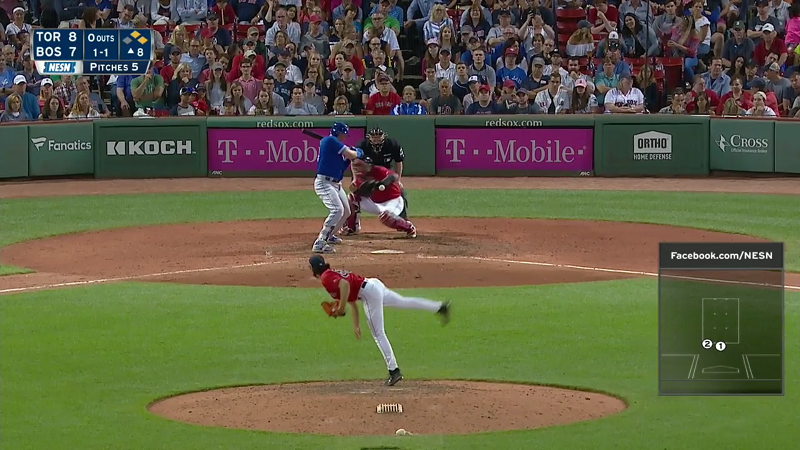Last weekend, the Cardinals fired manager Mike Matheny. Several teams are and were doing worse than the Cardinals in the standings, but then, the Cardinals hold themselves to a certain standard, and there were mounting concerns regarding not only Matheny’s strategy, but also leadership skills. The clubhouse seemed to be fracturing around him, so management pulled the trigger in the hopes that the season and roster might be salvaged. The response was immediate, and nearly unanimous: It was about time. Over the years, no other manager seemed to attract such a degree of internet criticism.
In a podcast after the firing, Ben Lindbergh and myself wondered who might take Matheny’s place. Not with the Cardinals — that’s Mike Shildt — but on the internet at large. Matheny was probably the most criticized manager in baseball. Now he’s out of work, which means someone else will become the most criticized manager in baseball. Who, though, will it actually be? That conversation led me to this broader polling project. This felt like a question to take straight to the FanGraphs community.
If you’ve been around for any length of time, you know how these things work. Below, you will find a poll for every team. There are actually two polls for the Cardinals. For the sake of consistency, I have to ask about Shildt, but I’m also asking about Matheny, despite the fact that he’s gone. Anyway, for each poll, the question is simple: What do you think of the manager? We don’t talk about managers here a whole lot, but they wouldn’t get paid what they do if they didn’t matter, and I want to evaluate the landscape of community opinions.
I’d ask that you only vote in polls for teams that you care about and follow pretty closely. If you don’t have much of an opinion, that’s fine, and I’m collecting that information, too. Don’t worry if you don’t know whether a manager is actually good. We don’t know if any managers are actually good or actually bad. I just want to know what you all think, because you know more about your own managers than I do. So who am I to pretend I’m all-knowing?
As far as the question is concerned, keep in mind the extent of a manager’s responsibilities. First and foremost, a manager is supposed to serve as a leader of men. Do you sense that a given manager is an effective leader? An effective communicator? The strategy does also matter, too. Do you love or hate how a given manager uses his bullpen? Does he seem particularly creative, or especially stubborn? Compare the current manager to previous managers. Compare to other active managers, if you’d like. I know it basically comes down to gut feelings, but if you have a gut feeling, I want to record it. God knows I can never get enough of another polling project.
Thank you all in advance for your participation. We’ll look at the results either later this week, or early next week. Then we’ll see which manager might take Matheny’s place as an internet punching bag. And we’ll look at everybody else, as well. Who doesn’t love a 1-through-30 ranking? With your assistance, we’ll have that very thing coming up.
Read the rest of this entry »

